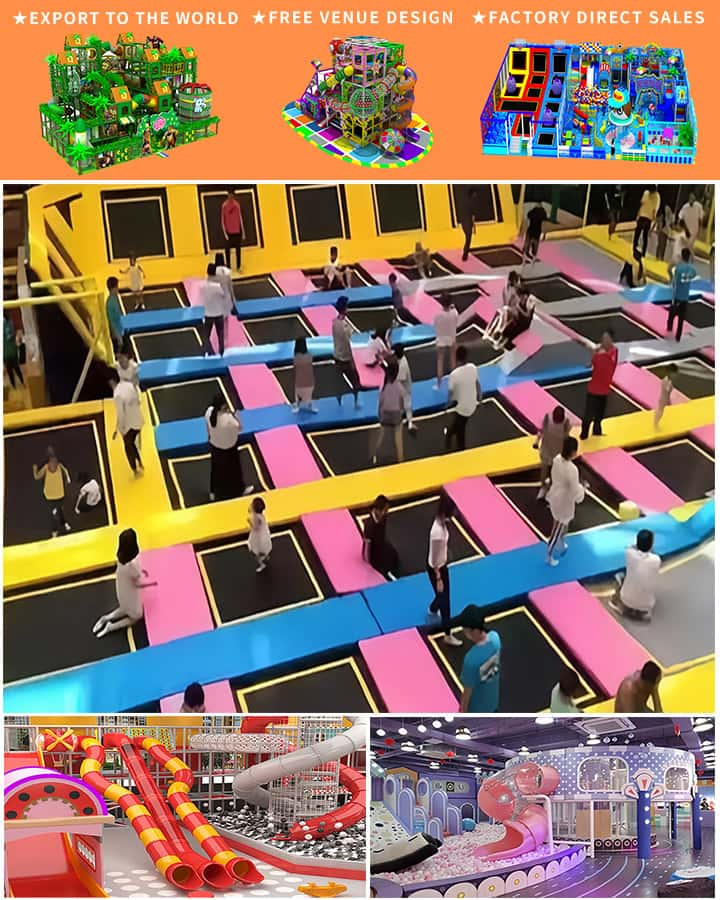Playgrounds are vibrant hubs of activity, laughter, and development for children. They offer a space for kids to engage in physical play, build social skills, and explore their environment. One of the critical components of a safe and effective playground is the surfacing material used beneath climbing structures, swings, and slides. Soft surface tiles are increasingly popular due to their safety benefits and durability. However, like any investment in recreational infrastructure, maintaining these surfaces is crucial for long-term functionality and safety.
The Role of Soft Surface Tiles
Soft surface tiles are designed to cushion falls and reduce injury risks. Made from materials such as rubber or foam, these tiles provide an impact-absorbing layer that traditional hard surfaces cannot. This is especially important in playgrounds where young children with developing motor skills are prone to tumbles and spills. Additionally, soft surface tiles offer excellent traction, which reduces the likelihood of slips and falls on wet or muddy surfaces.
Why Maintenance Matters
Safety First: The primary reason for maintaining soft surface tiles is safety. Over time, exposure to the elements—rain, sun, dirt, and heavy use—can degrade the material, reducing its shock-absorbing capabilities. Regular maintenance ensures that the surface remains compliant with safety standards, offering optimal protection for children.
Longevity: Properly maintained tiles last longer, making your investment more cost-effective in the long run. Cleaning and occasional repairs can extend the lifespan of these tiles by years, delaying the need for complete replacement and conserving budget resources for other needs.

Appearance: A well-maintained playground looks inviting and cared for, encouraging more frequent use. Faded, stained, or damaged tiles can be an eyesore, detracting from the aesthetic appeal and potentially discouraging children from playing.
Maintenance Tips for Soft Surface Tiles
- Routine Cleaning:
- Sweep Regularly: Remove leaves, twigs, and other debris that can accumulate on the surface. Use a stiff broom or leaf blower for this task.
- Wash Occasionally: Clean the tiles periodically using a mixture of mild soap and water. Avoid harsh chemicals, which can deteriorate the material over time.
- Inspections:
- Visual Checks: Conduct regular visual inspections to identify signs of wear, cracks, or displaced tiles.
- Professional Assessments: Hire professionals to conduct periodic in-depth assessments, ensuring compliance with safety guidelines and identifying issues you may have overlooked.
- Repairs:
- Immediate Fixes: Address small damages like cracks or loose tiles immediately to prevent further degradation. Kits are available for minor DIY repairs.
- Larger Repairs: For significant damage or widespread wear, it might be necessary to replace sections of the surface. Consult with a professional installer to ensure the repair work is done correctly.
- Protective Measures:
- Mats or Tarps: In areas where heavy equipment or furniture is stored on the playground tiles, consider placing protective mats or tarps to minimize pressure and damage.
- Avoid Harsh Chemicals: Steer clear of using bleach or other strong cleaning agents, which can break down the material and shorten its lifespan.
Conclusion
Maintaining playground soft surface tiles is essential not only for safety but also for preserving the aesthetic and functional quality of the playground. By committing to routine cleaning, regular inspections, prompt repairs, and taking protective measures, you can ensure that the playground remains a safe, inviting place for children to enjoy. Remember, a well-maintained playground is an asset to any community, providing a space where kids can grow and thrive through play.




